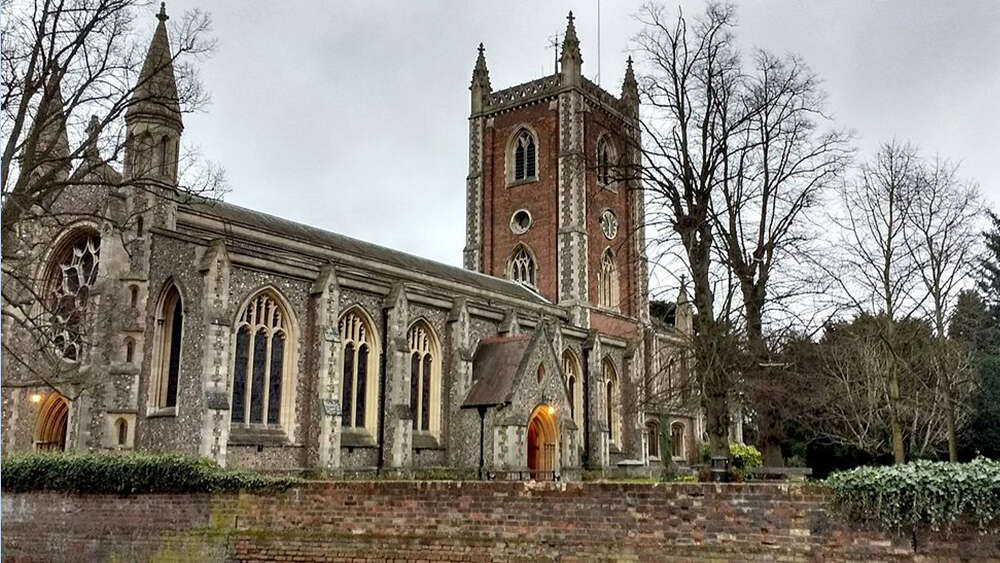Striken by COVID, Church of England shrinks by 20 per cent
Which church will survive the pandemic?
The Sunday Times headline said it all: “Church to cut paid clergy as a fifth of flock wanders off”, based on a leaked report meant to be restricted to insiders.
“The damage inflicted on the Church of England by the pandemic is revealed in a leaked internal document which warns up to 20 per cent of its regular worshippers may never return,” the Sunday Times reported.
“It calls into question ‘the sustainability of many local churches’ and the continued financial subsidy given to 5,000 loss-making parishes out of a total of 12,000…”
Britain has been hard hit by the pandemic, with over 3.7 million cases – the fourth highest in the world – and 109,000 deaths, the fifth highest.
The Church Times followed up. It revealed the secret report “confirms that the Church of England’s income fell 8.1 per cent in the year to November 2020. It projects a further fall of ten per cent for 2021, calculated before the latest lockdown was announced. Expected savings on expenditure for 2021 are currently three to four per cent.”
The report says, “Looking forward, there is deep concern about 2021. Total budgeted income is projected to be down 10 per cent in 2021 compared with 2020 budgets – although this data was provided before the current lockdown and the true picture for 2021 is not likely to be clear until later in the year. Total expenditure is projected to decrease by only 3 per cent in comparison over the same period. Clergy spending is projected to be down 4 per cent in 2021 against pre-pandemic 2020 budgets: and diocesan staff costs projected to be down 3 per cent over the same period.”
The financial downturn is uneven. “There is an obvious impact on deficits. … Illustrative of this is the estimated net deficit for dioceses applying for sustainability funding, which is predicted to be £40m in 2020, recovering slightly to £30m in 2021. This compares with £9m for the same dioceses in 2019 and a projected pre-pandemic 2020 figure of £13m. The range across different dioceses is broadly between 10 and 25 per cent of income.”
When it comes to ministers – who are mostly paid centrally by dioceses (regions) in the UK unlike, for example, Sydney – encouraging young people to become ministers has actually been successful. Which creates a problem for the old.
“Some dioceses are wanting both to encourage continuing high levels of new ordained vocations and potentially reduce stipendiary numbers, with the circle squared by encouraging more early retirements of some existing clergy. Some dioceses have been planning for local clergy retirements and we would expect that to be reflected in their future clergy planning.”
Pray
Some prayer points to help
Pray for churches in countries especially affected bu COVID 19
Pray for this who attend those churches



